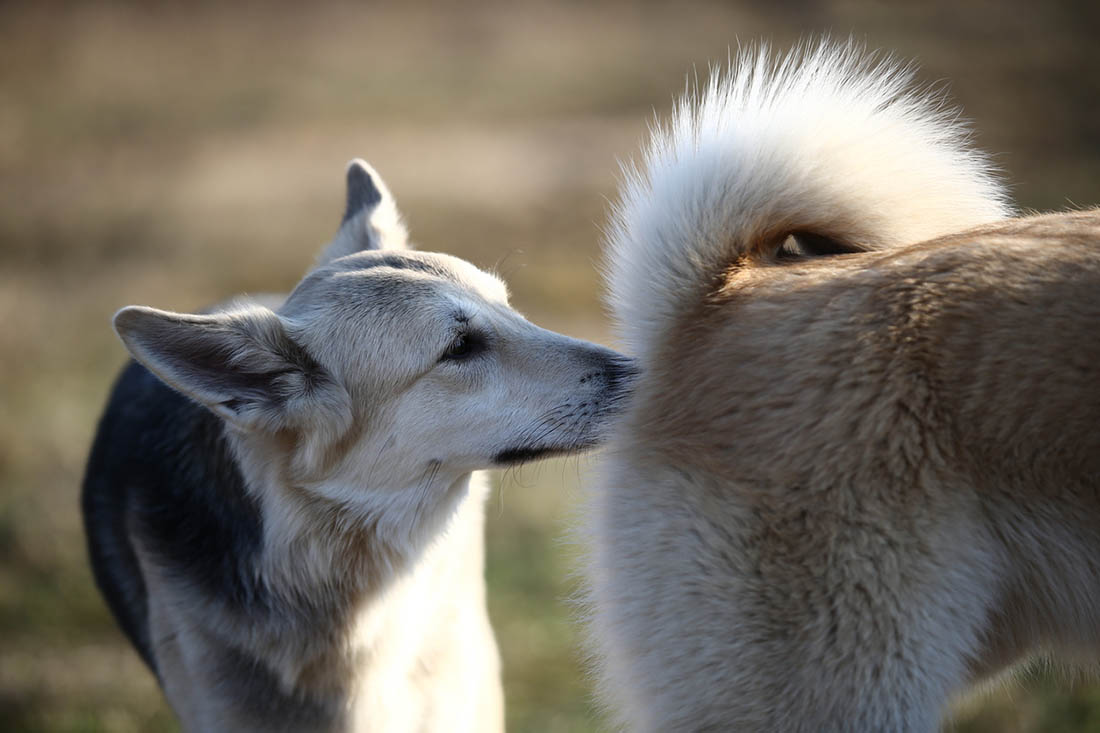Every loving pet parent sees it happen and may be somewhat perplexed by their four-legged buddy’s habit of sticking his nose into…well…other’s butts. Why do dogs sniff butts? The question has probably been asked by every dog owner since dogs were domesticated more than 20,000 years ago.
Given that the rear end is where dog poop comes from, you’d think they would avoid that particular area. Still, they don’t seem to, so why do dogs sniff each other in some of what we consider the most private areas?
Let’s examine this aspect of dog behavior for more insight.
How Does a Dog’s Sense of Smell Work?
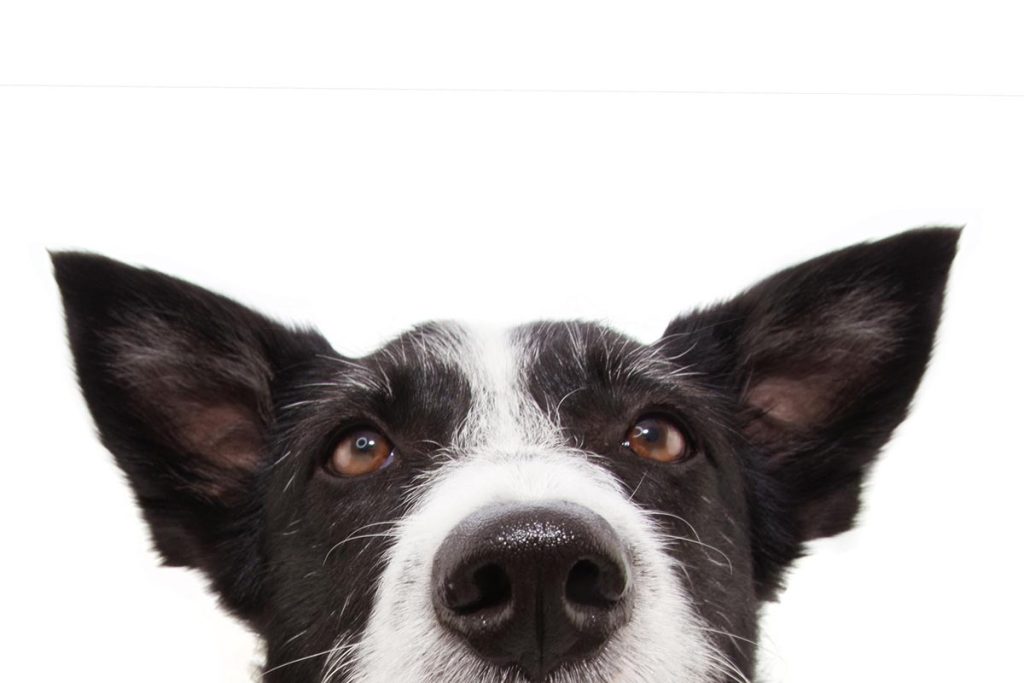
Just like humans, dogs have the same five senses of taste, hearing, touch, sight, and smell. But unlike humans, where sight is the dominant sense, for dogs, their sense of smell is their main way of knowing the world.
In fact, a dog’s sense of smell is approximately 10,000 to 100,000 times more acute than that of his human parents. This is due, in part, to the fact that dogs have more active olfactory receptor genes and sites than their human counterparts.
Not only do dog noses have more receptors, but about 30% of a dog’s brain is dedicated to odor detection and identification as compared to approximately 5% in humans.
Jacobson’s Organ
Dogs also have a specialized organ called the Jacobson’s organ, or more formally, the vomeronasal organ. This organ is located in the nasal cavity. It opens into the roof of the mouth just behind your dog’s upper incisors.
When you see your dog curling his lips and flaring his nostrils in that funny way, he is actually opening the Jacobson’s organ to increase the exposure of his nasal cavity to the odor molecules of what he is smelling.
The Jacobson’s organ acts as a kind of secondary olfactory system, and it is used specifically for chemical communication. The nerves from this organ lead directly to the brain. Unlike the normal olfactory nerves, they respond to a wide range of substances that often don’t have an odor.
While other animals use the Jacobson’s organ to find prey, in dogs, this organ communicates to the part of your pooch’s brain that deals with mating. It does so by identifying pheromones, chemical substances that cause male dogs to be attracted to female dogs and vice versa. In dogs, it tells the male if the female is ready to breed.
It also enhances a puppy’s sense of smell so that it can find its mother’s milk source and identify her from other nursing mothers. In other words, it’s how a puppy knows which female dog is his mother.
While the Jacobson’s organ is different from the nose, both work together to increase the sensitivity of the dog’s odor detection system. Together, they form a formidable and efficient smelling machine.
How Do Dogs Use Their Sense of Smell to Communicate?
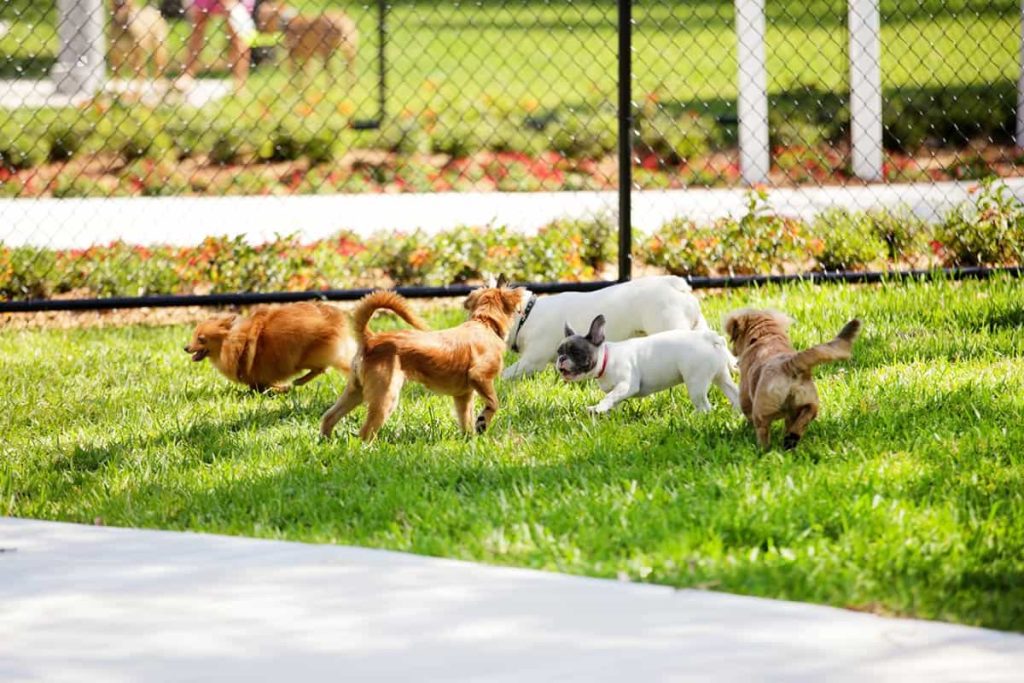
When you meet someone new, you may shake hands and greet them. But you also use other signals, like body language and facial expressions, to assess them. Depending on how you perceive these signals, you might be more or less friendly in your actions and attitude toward them.
Of course, your dog doesn’t shake hands, but he does gather lots of information from other dogs’ body language. You’ve probably noticed that when two dogs meet, they often circle each other while gauging the other’s demeanor and posture. They look for things like the position of the ears, tail wagging, and raised hackles (or lack thereof).
But dogs have another way to scrutinize a new dog and that is their sensitive sniffer. They don’t just use a visual assessment to get information about a new dog; their keen sense of smell also comes into play.
Dogs regularly emit odors from various scent glands on their body, including their anal sacs or anal glands. The biochemical compounds emitted by dogs are a form of chemical communication that can tell another dog’s gender, reproductive status, emotional state, and even information about what they like to eat.
They can also tell if their new friend is healthy or ill. Dogs can get all of that with a just quick sniff! But to really understand each other, they have to get up close and personal, and we mean really personal.
Why Do Dogs Sniff Butts to Communicate?
While the nose knows, it has to get close to the rear end to really know. But why the derriere? Why not some other body part, such as the ears or the feet? Well, that has to do with an anatomical feature located just inside the rectum.
On either side of the inside of the rectum are two small sacs called anal glands. You may have encountered the noxious-smelling substance secreted from those glands when your dog gets excited or frightened. It’s certainly a strong enough odor for humans to detect.
The anal glands contract and empty regularly by the rectal sphincter muscles when your dog has a bowel movement. Most of the time you don’t notice that because the smell is masked by the odor of the stool. But dogs can still smell it, and they know the difference.
Because every dog produces a unique scent, your dog can smell another dog’s anal gland secretions or even his stool to determine if they have met before. Moreover, the anal secretions give your dog a lot of information about the other dog.
It makes for a unique form of communication that can tell your dog if the other dog is a friend or foe, a possible mate, an aggressor, and even if he is ill or healthy. All that from the other dog’s anal secretions. It’s definitely a unique way of ‘getting to know all about you,’ as the song goes.
Finally, dogs also use chemical communication, including butt sniffing, as a calming mechanism, if you can believe it! It’s a ritual-like behavior that soothes the dog and helps relieve stress, an odiferous form of meditation, as it were.
What Is the Etiquette of Butt-Sniffing?
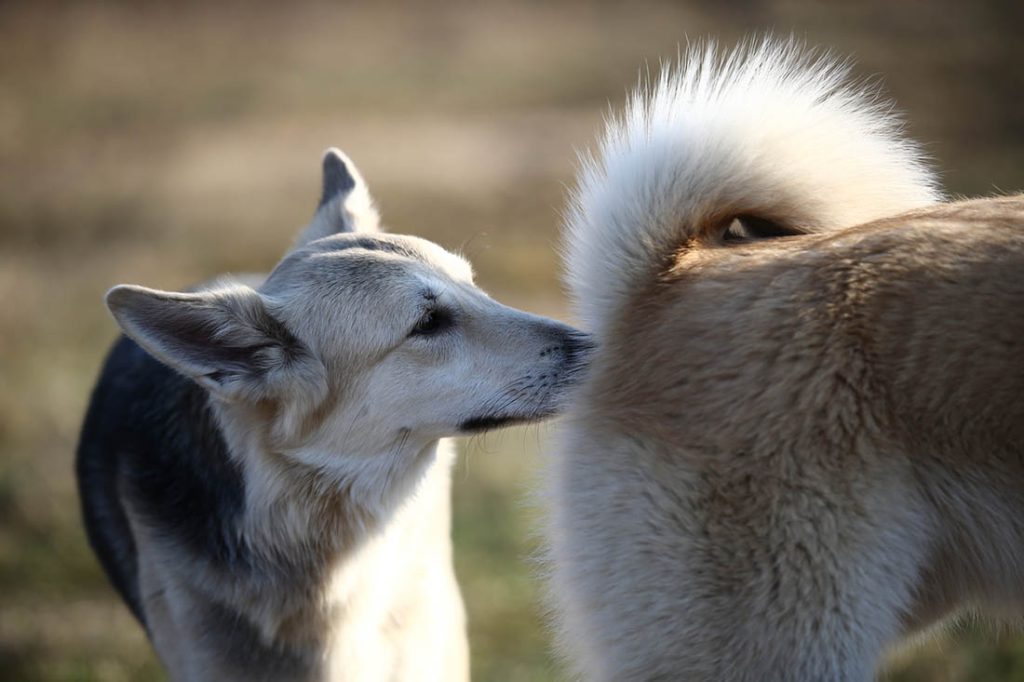
While the odor molecules do help dogs determine a lot of information about another dog’s health status, gender, reproductive status, and mood, there is a certain way of partaking in the ‘odeur de butt,’ as the French would say. Well, the French might not say exactly that, but there is a particular way to engage in butt-sniffing.
Dogs sniff rear ends as an initial way to establish dominance and set the foundation for their relationship. When two dogs meet and engage in mutual rear-end sniffing, they often circle each other without much eye contact but also without stiff body language. This may then break into wiggly greeting behaviors that include softened posture along with a swishy tail.
Body Language Is Everything
If the initial impressions don’t go well, however, one dog may begin to jump around nervously and refuse to allow the butt sniffing to begin. Alternatively, an uncomfortable dog might jump on the other, snap, show his teeth, or even begin a fight.
Sometimes, one dog may display a stiff body posture while the other dog becomes loose and wiggly. This kind of body language means that the stiff dog is exhibiting dominance while the loose dog is exhibiting submission. A dominant dog also usually initiates the sniffing, and he may growl to indicate the smell session has ended.
Some dogs might also try to limit the information they’re giving out. They’d do this by clamping their tails tightly over their rectum and/or sitting down. That effectively reduces the scent they are giving out.
Aside from the information that dogs get from sniffing each other, they have a good ‘scent memory.’ They can even identify dogs they haven’t seen for years. They will also remember which of them was dominant. Dogs can, therefore, use their sense of smell to kind of catch up with the other dog, including where he’s been, what he’s been eating, and what he’s been doing.
Are There Any Dangers with Butt-Sniffing?
One study focused on the transmission of a contagious type of cancer called canine transmissible venereal tumor (CTVT). The study focused on the variation in the presentation of CTVT in the mouth and nasal cavity of dogs. The Department of Veterinary Medicine at the University of Cambridge conducted the study.
The researchers found that there was a disparity in the presentation of oronasal CTVT between male and female dogs, with males presenting with the disease more often. They found that the oronasal form of the disease is likely transmitted by licking and sniffing the genitalia of infected dogs.
It presented more in males, the researchers argued. This is because male dogs engage more frequently in such behaviors than female dogs as they search for mating opportunities. However, they also found that the oronasal form of CTVT is extremely rare. This indicates that, despite numerous opportunities for licking and sniffing transmission behaviors, the likelihood of your dog getting this disease by sniffing another dog’s butt is very low.
Another risk of rear-end sniffing is if a dog does not receive it well. As long as your dog is well-socialized and you are present to disrupt any aggressive behavior, it probably isn’t a big concern.
The Benefits of a Good Sniffer!
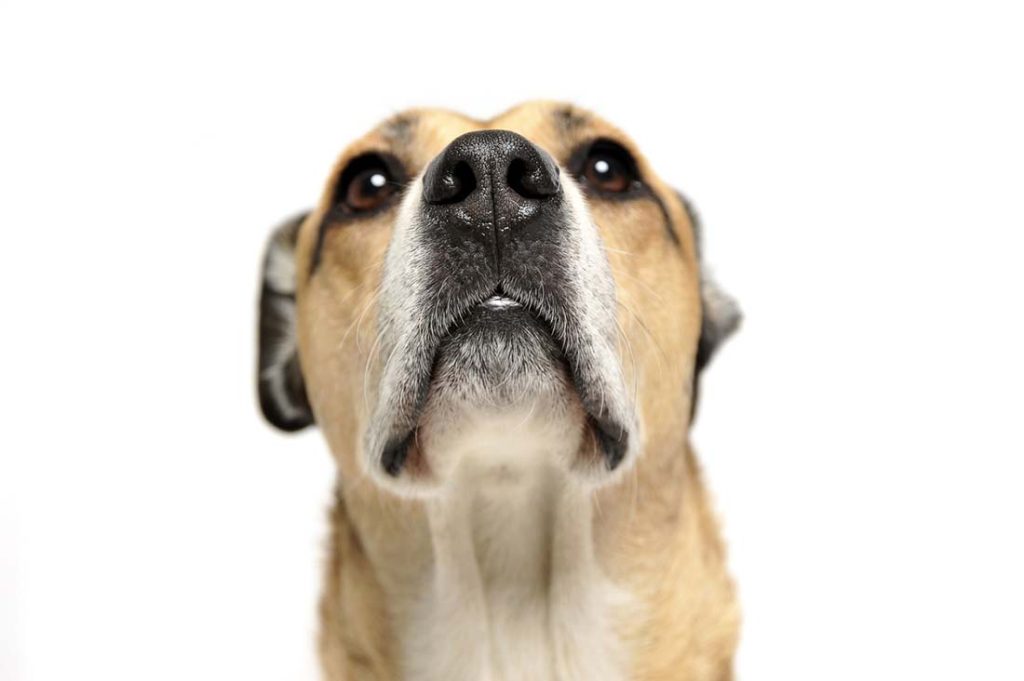
As you can see by now, your dog’s nose really does know. He can learn a lot about his canine friends from sniffing their rear-end. He can also learn a lot about you through his nose. Research has shown his superior nose can even sniff out cancer! His nose is even more accurate than tissue or urine samples in at least some types of cancer.
Imagine a time in the future when going to the doctor may involve breathing heavily on a sniffer dog! So, it seems that butt-sniffing is an interesting and mostly harmless behavior that may have benefits for humans as well. In other words, butts up everyone! It’s time to say hello and get to know you better!
